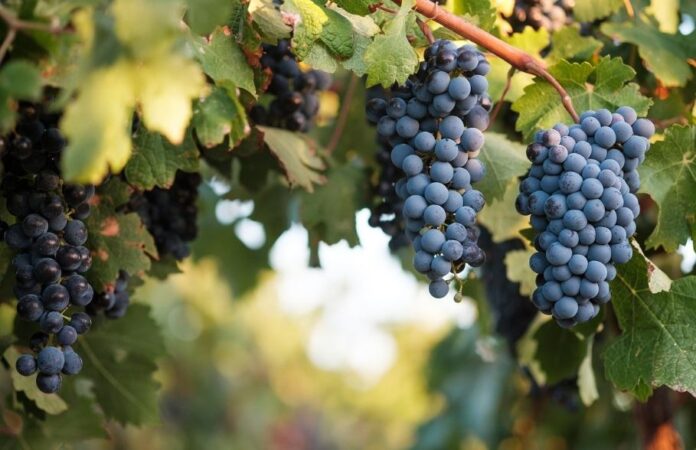
NOTABLE AREAS: France (Rhone Valley, United States (California), Australia (Barossa Valley), Italy (Cortona, Sicila), New Zealand
SYRAH: WHAT ARE ITS CHARACTERISTICS?
Syrah is an international grape variety characterized by penetrating fruity and spicy notes, typically attributable to black pepper. It has become famous in the northern area of the Rhone Valley, in the denominations Hermitage and Cote Rotie. Furthermore, Syrah has had great success in Australia, where it is known under the name of Shiraz. Syrah is vinified in purity to give life to wines with an impenetrable color, enveloping and long-lived, or in blending with other local or international blends.
Let’s discover together the origins of the Syrah grape, its ampelographic and agronomic characteristics, the organoleptic characteristics of Syrah wine, the perfect gastronomic combinations with Syrah wine, the production areas, the most famous Syrah wines and the best quality-price Syrah wines.
- Origin of the name and history of Syrah
- Production areas in Italy
- Production areas in the world
- Organoleptic characteristics of Syrah wine
- Most famous wines produced with Syrah
- Food pairings with Syrah
- Ampelographic characteristics and agronomic notes of the vine
ORIGINS OF THE NAME AND HISTORY OF SYRAH

The origin of Syrah is still shrouded in mystery today. There are those who trace its history back to the city of Shiraz, in present-day Iran, while others claim that it was exported by the Romans from Egypt to the city of Syracuse (Syracousai).
Some researches have discovered genetic affinities with the native Albanian Shesh and others with the Teroldego and Lagrein vines of Trentino-Alto Adige. Recent analyzes on the DNA of the vine have instead established that Syrah could have been born from a spontaneous cross between two local French grapes, Mondeuse Blanc and Dureza.
It is certain that already in the Middle Ages the Syrah grape was cultivated with great success in France, more precisely in the Rhone Valley, in the northern area of the Hermitage and in the Cote Rotie. Some of the most elegant Syrah wines have been produced here since the 13th century, thanks to the continental climate and the excellent temperature ranges of the famous vineyards located on the suggestive granite terraces overlooking the Rhone.
Around the mid-nineteenth century some Syrah specimens traveled from Montpellier to Australia and began to spread like wildfire under the name of Shiraz; The land of kangaroos thus becomes the second elective homeland of Syrah.
Today Syrah is an international grape variety grown in France, Australia (where it is the most important red grape variety), Spain, Argentina, California, Chile, Portugal, South Africa, New Zealand, Lebanon and in Italy, where it acquires an intoxicating Mediterranean character.
PRODUCTION AREAS IN ITALY
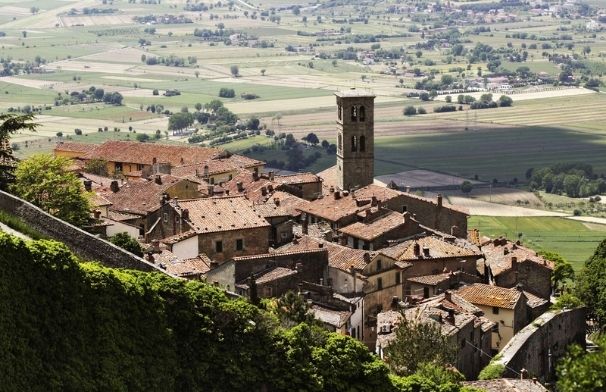
The Syrah grape in Italy is grown mainly in Sicily, where it has found pedoclimatic conditions that ensure excellent polyphenolic maturation. Here it is vinified in purity with extraordinary results but also used in blending with Nero d’Avola, Merlot or Cabernet Sauvignon, to add body and elegance. Sicily DOC Syrah provides a minimum 85% of Syrah grapes and gives life to soft, dense and concentrated wines.
Another prominent region is Tuscany and in particular Cortona, a small French enclave. Syrah has found an ideal habitat in Cortona, thanks to the presence of soils rich in clay and marl of Pliocene origin, the breezy Mediterranean climate with good temperature ranges and the thermoregulatory action of Lake Trasimeno. This is how Cortona DOC Syrah (85% Syrah minimum) were born, wines of great identity, elegance and aging potential.
Syrah is also widespread in the Chianti area and in Bolgheri, where it is used especially in blends for Bordeaux blends. Discover the article dedicated to the Bordeaux blend and Bolgheri wines.
Syrah in Italy is grown with excellent results also in numerous companies in Puglia, Abruzzo, Lazio and Piedmont.
PRODUCTION AREAS IN THE WORLD
Where is Syrah grown in the world?
The best Syrah wines in the world are produced in the beautiful soils of the northern Rhone Valley in France. Here, the Syrah grape gives life to the elegant pure wines of the Côte-Rôtie and the Hermitage, capable of competing with the best wines of Bordeux.
Syrah is also widespread in Australia (Barossa Valley, Hunter Valley), where it is known as Shiraz, but also in Spain, Argentina, Chile (Curicò Valley, Maipo Valley, Aconcagua Valley), California (Napa Valley), South Africa (Beokenhouskloof , Saxenburg, Fairview) and New Zealand.
ORGANOLEPTIC CHARACTERISTICS OF SYRAH WINE
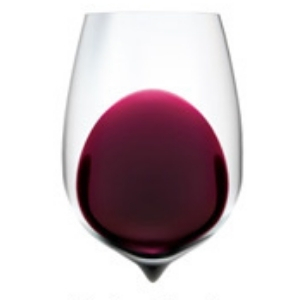
Syrah is a very versatile vine that lends itself very well to being vinified in purity, in blending with other international blends but also in rosé. Let’s see together the general organoleptic characteristics of Syrah wine.
COLOR OF THE SYRAH WINE: Syrah wine, if produced with quality criteria and with low yields, has a dark red color, deep and almost impenetrable to light. In the vintage versions it has evident purple red nuances, while with aging the color of Syrah wine remains intense and well pigmented, of a ruby red color with hints tending to garnet.
AROMAS OF SYRAH WINE: the aromas of Syrah are quite intense and are strongly affected by climatic and cultural conditions. Syrah wines produced in cool climates are characterized by characteristic olfactory notes of violet, raspberry, currant, cherry and wild mint, while among those produced in warmer areas, blackberry jam, plum, blueberry and licorice stand out.
The distinctive organoleptic characteristic of Syrah wine however remains the note of black pepper, a varietal aroma conferred by the famous ‘rotundone’ odorsa molecule, always present in a more or less marked way. Find out all about the primary, secondary and tertiary aromas of wine in the dedicated article.
Syrah is a very long-lived wine that lends itself very well to aging in wood; With aging it acquires notes of bitter cocoa, tobacco, coffee, caramelized sugar and goudron.
TASTE OF SYRAH WINE: Syrah wine is dense, sensual and voluminous on the palate. The alcohol content is quite high (13-15%) and the tannins have a well-marked fine grain. The finish is persistent, with long balsamic echoes.
The taste is also deeply influenced by environmental and cultural conditions: in the northern area of the Rhone Valley very elegant, soft and less tannic Syrah wines are born, while the Australian style prefers more full-bodied, concentrated and opulent Syrah.
MOST FAMOUS ITALIAN WINES PRODUCED WITH SYRAH
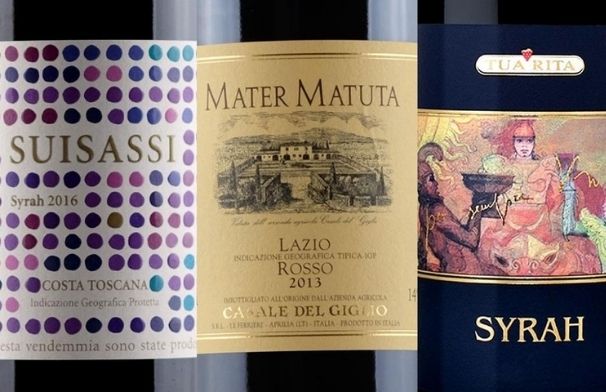
Syrah in Italy has in fact given birth to famous and award-winning wines, such as Syra Migliara by Tenimenti d’Alessandro, a true forerunner to which Syrah’s great success in Cortona is due, also assisted by the studies of Professor Scienza in the 1970s. Other important interpretations followed, such as the Syrah Apice ‘by Stefano Amerighi, the Syrah Cuculaia’ by Fabrizio Dionisio and the Syrah Arenite by Baldetti.
Among the most famous Italian Syrah, the Syrah Per Semper by Tua Rita, the Syrah Suisassi by Duemani, the Syrah by Alessandro dal Borro and Viator by La Madonnina cannot be missing. Of great interest among the best Syrahs are also the Syrah Scrio by Le Macchiole, the Syrah Collezione Privata di Isole and Olena, the Syrah by Michele Satta and the Mater Matura by Casale del Giglio.
Discover other Syrahs of great quality but with a more affordable price for everyone in the article dedicated to the best quality-price Italian Syrahs.
GASTRONOMIC PAIRINGS WITH SYRAH
What are the best combinations with Syrah? Discover the examples of Syrah combinations with recipes of Tuscan cuisine and Sicilian cuisine. Certainly, among the options, choosing Syrah combinations that are territorial is an excellent solution.
The typical spiciness of Syrah goes perfectly with grilled, stewed or stewed red meat, but also with game and lamb. Excellent also the food-Syrah pairing with aged cheeses with green pepper and Maremma pecorino, made succulent by the sumptuous roundness of the wine, but also the Syrah pairing and savory cured meats such as cured Cinta Senese ham, brawn, coppa or Capocollo.
Are you feeling particularly daring? Try the Syrah and braised dark chocolate combination.
Food pairing and Tuscan Syrah
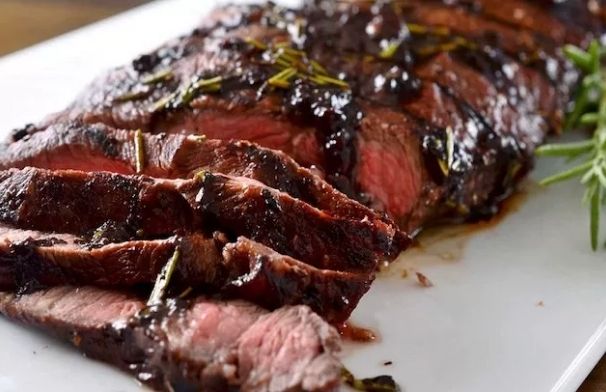
Examples of sensational food pairings and Cortona Syrah in this case can be Pici with Chianina Ragù or Pici alla Norcina with Truffle, Tagliata di Chianina, Boar Scottiglia with Polenta.
For lovers of Syrah food pairings, try the Syrah pairing with platters of Cinta Senese cold cuts and Val di Chiana cheeses.
For those curious about combinations with Syrah wine, it is absolutely recommended to participate in Chianina & Syrah: the annual event for the promotion of food and wine excellences in Valdichiana in combination with Syrah.
For the fresher versions of Syrah, also the Syrah combinations with Carbonara should be considered so that the natural spicy notes of the grape given by the rotundone take up the spicy notes of the dish. To learn more, read the article dedicated to carbonara food pairing.
Food pairing and Sicilian Syrah
What to combine with a Sicilian Syrah? If you are talking about Syrah combinations from Sicily, consider the combination with Sicilian recipes such as the Agglassato di Carne, the Sicilian-style Meat Rolls, the Messinese Chops. In addition, the daring should also consider the Syrah combinations from Sicily and Fish Soups rich in seasoning and spice.
AMPELOGRAPHIC CHARACTERISTICS OF THE SYRAH VINE
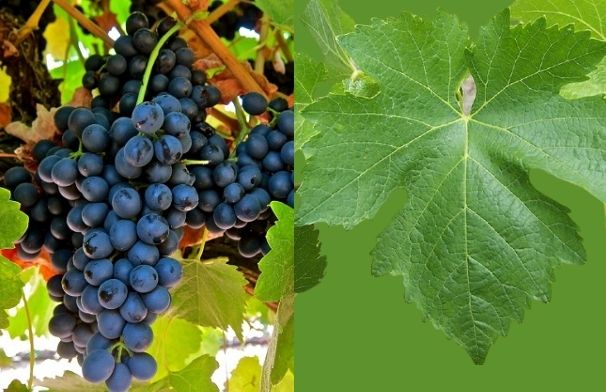
FEATURES OF THE LEAF: the Syrah grape has a medium-large, pentagonal, three-lobed or five-lobed leaf, opaque green with green veins and irregular and not very pronounced teeth.
CHARACTERISTICS OF THE BUNCH: the bunch of the Syrah grape is on average compact, cylindrical and sometimes winged. The peduncle is rather large, semi-woody.
CHARACTERISTICS OF THE BUCKET: the Syrah grape has medium-small, ovoid berries with a very waxy dark blue skin. The pulp is colorless and the taste is neutral, slightly sweet
AGRONOMIC NOTES OF THE SYRAH VINE
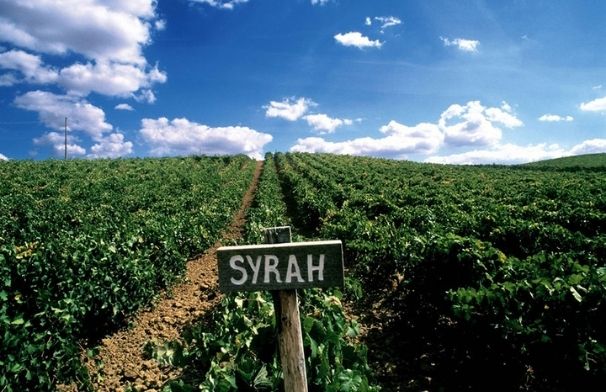
Syrah is a vine of good vigor, which adapts well to various climatic and environmental conditions and, although it can suffer from water stress and chlorosis, it is considered a fairly robust vine. It loves clayey soils with a good skeletal component and requires medium-long pruning.
It has a medium-late ripening and a good and constant production, which if not controlled can lead to excesses of production per vine with a consequent deterioration in the quality of the grapes.
Discover also the articles dedicated to the characteristics of Merlot, Sangiovese, Pinot Nero, Cabernet Franc and Cabernet Sauvignon.





